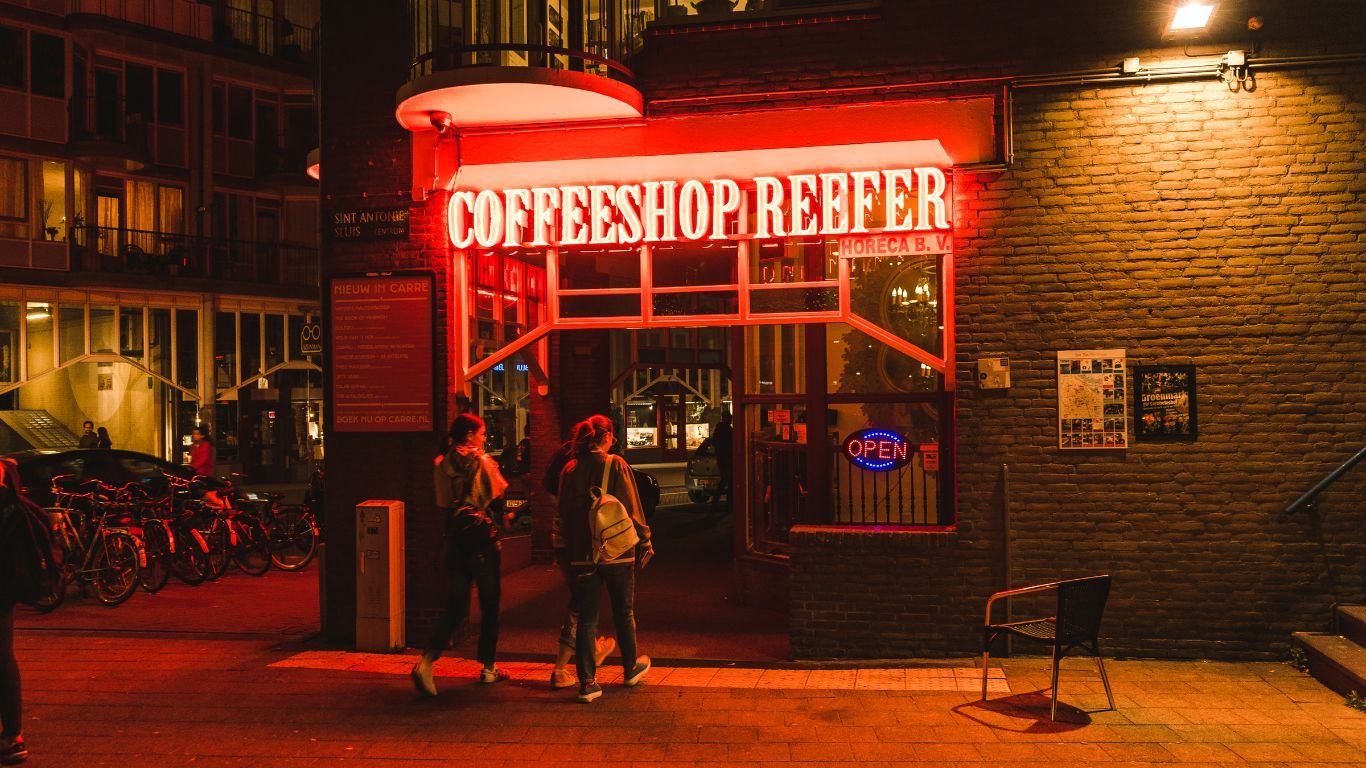
While the early days of legalization relied heavily on companies initially licensed for medical cannabis production prior to the October 17, 2018 start of legalization, since then the face of the cannabis industry has changed.
Pre-legalization there were about 130 federally licensed cannabis producers in Canada, servicing the medical market. In order to allow a legal supply of cannabis starting on day one of legalization, these companies were given the opportunity to transition to service the non medical market, while new applicants made their way through the licensing process.
Since cannabis was legalized on October 17, 2018, some 270 new licenses have been issued to cannabis cultivators, processors and nurseries. While many of these post-legalization license holders were applicants who had been in the queue prior to legalization, 9sometimes for years prior) increasingly they are those who applied after the coming into force of the Cannabis Act.
Of these, about 60 are in the micro cultivation and/or processing categories, and another nine are cannabis nurseries, for a combined total of about 20% of all new licenses. Of the last 100 licenses issued since Feb of this year, 35 were micro licence holders, either cultivation, processing, or a combination of the two.
With this shift, the face of legal cannabis in Canada itself is changing. While much of the industry is still perceived—especially by the media and general public—to be dominated by large faceless corporations, increasingly the story of cannabis producers is one of a small mom-and-pop startup, from black market growers and farmers looking to add cannabis as a cash crop, to small time chocolatiers or small batch extractors.
No longer requiring millions of dollars in start up cash, or years of slogging through the application process, as was so often the case under the previous MMPR and then ACMPR medical cannabis regimes, many micros and nurseries are now getting licensed in six months or less, sometimes spending as little as $15-20k for everything leading up to getting a licence. And as more prospective business owners see these kinds of success stories, their numbers are only likely to grow.
StratCann has already featured numerous micro cultivators and processors who have successfully navigated the licensing system representing an array of methods, timelines, and costs. While outdoor micro cultivation licences can be done for well under $100,000, indoor facilities still cost from around $1-2 million. Timelines can vary from two to three months to over a year, with most coming in in around six months from application to license.
For example, Euphorium IV:XX in Quebec is an outdoor micro cultivator who received their licence for a total investment of around $75,000; Katy and Shawn Connely at Sea Dog Farms received their outdoor micro cultivation licence for just under $15,000; and Willow Weed in Ontario got their outdoor micro cultivation licence for around $15,000 as well.
On the other side of the spectrum, Because You Cann in Alberta got their indoor micro cultivation licence for around $1.4 million, while Gord Nichol at North 40 Cannabis spent around $2 million for what he call his “Cadillac” indoor micro facility in Saskatchewan.
While most of these producers are still waiting to get their first crops to market, the first two micro cultivators to reach consumer shelves, North 40 Cannabis in Saskatchewan and Habitat Craft Cannabis in BC are seeing considerable demand and positive feedback, even at price points over, on average, $12 a gram or more.
While price is often listed as one reason many consumers have still not shifted to the legal market, early success stories like these point to there being a healthy demand for quality, even if the price is relatively high.
The provincial bottleneck
Part of the shift, though, has been convincing provincial buyers that this is actually the case. While many of the larger cannabis producers who were initially licensed under Canada’s previous medical cannabis regimes (first the MMPR and then the ACMPR) had built themselves up over the past few years around bold projections of ‘funded capacity’ – generally to drive their stock price up – these companies’ often failed to deliver on their promises of serving the non medical market.
If you’re a provincial distributor sitting on hundreds of kilograms of 15-18% THC cannabis that isn’t selling, it might lead you to conclude that consumers don’t want any cannabis under 20% THC. But another perspective is that consumers simply don’t want to buy something old, packaged at times over a year ago, with no bag appeal or terpene profile, and priced above what they see it being worth.
While supposed “supply shortages” in the first few months of legalization were often greatly exaggerated (by opposition politicians and license holders alike), those regional product shortfalls that did exist were often because of over promises by the handful of larger LPs who sought to dominate the market and shareholder interest.
What this meant, ultimately, was that many provinces were left with supply deals with producers who over promised and under delivered, both in quantity and quality. As many provincial buyers and distributors were managed by people with more experience in alcohol than in the realities of the cannabis market, they sought to secure deals with those large producers who could show off acres of greenhouse or millions of square feet of indoor production space. For provincial buyers used to dealing with the well established alcohol industry, for example, this was an obvious choice; supply deals with well funded, large producers means more consistent supply for consumers and fewer touch-points and contracts to manage.
But the reality that has unfolded from that has meant a limited array of products, often at lower quality than many cannabis consumers can find on the black market, because the kinds of cannabis they were holding in their vaults was often not living up to the hype of their press releases. What this has meant for provinces and territories who manage distribution is that they have, in some instances, gained a distorted understanding of consumer demand.
If you’re sitting on hundreds of kilograms of 15-18% THC cannabis that isn’t selling, for example, it might lead some buyers to conclude that consumers don’t want any cannabis under 20% THC. But another perspective is that consumers simply don’t want to buy something old, packaged at times over a year ago, and priced above what they see it being worth.
What this means, ideally, is that as more of these new cannabis producers—especially micro cultivators and processors—can begin making it to market, there will be a place for them in provincial warehouses and retailers.
This is one of the reasons Saskatchewan has emerged as a good market for small batch growers; because there is no provincial distributor sanding between retailers, who understand their consumer’s demands, and the grower/processor. Micros like Habitat and North 40 saw their products first appear on shelves in some retailers in Saskatchewan in part because their sales partner, Shelter, had good relationships with retailers there. It’s likely a provincial distributor wouldn’t have allowed their smaller shipments to even make it to retailers in the first place.
As the novelty of legalization wears off and consumers demand better value, we’re now seeing many of these provinces slowly beginning to realize that the cannabis consumer is less interested in buying the exact same strain every month of their life, and instead may want the kind of unique variety of small, sometimes inconsistent batches that is more common from smaller producers.

While consumers do care about things like potency, or THC percentages, they also care about the entire bag appeal, the terpene profile and appearance, the story behind the product, and oftentimes, the novelty of a new cultivar they haven’t yet tried.
Norton Singhavon, the CEO of GTEC holdings, which overseas small batch production from a handful of smaller producers, says he initially ran into pushback from the BC LDB when he approached them seeking to sell the province some smaller batches of cannabis from one of his company’s cultivation partners.
With one batch that was under 20% THC, the Province declined, but after contacting retailers and hearing their demand, and encouraging them to reach out the BC distributor, he says the BC LDB changed their tune and bought the product, and it sold out almost immediately.
“We went back to the buyer (the BC LDB),” said Singhavon, “and said ‘listen we’ve essentially pre-sold it. They’ve contacted you, here’s who they are, here’s the commitment: Put us in the private channels and if the product doesn’t sell in thirty days, we’ll take it all back’.”
What this means, ideally, is that as more of these new cannabis producers—especially micro cultivators and processors—can begin making it to market, there will be a place for them in provincial warehouses and retailers.
Because consumers have already shown they are willing to pay for quality from their participation in the illicit market. And the products and pricing available at dispensaries in the past, or on the online market today, show a demand not only for inexpensive, high THC products, but for an overall quality, even at price points sometimes well over $10 a gram.
Small-scale cannabis farmers will need their product to sell for at least that much to ensure they can bring in at least $1-3/gram wholesale, in order to make their businesses work, says Calan Aldred of Craft Depot, a wholesale brokerage for cannabis cultivators and wholesale buyers to connect.
“Grow a good product, try to be easy to work with, get a good processing partner, be happy. How could you predict that you could be licensed and allowed to do this, all above board, even just five years ago? It’s going to be a grind for the next bit, buyers will be cash strapped for the foreseeable future, but for those who keep their head down and stick to the fundamentals, there is a lot of opportunity.”





































